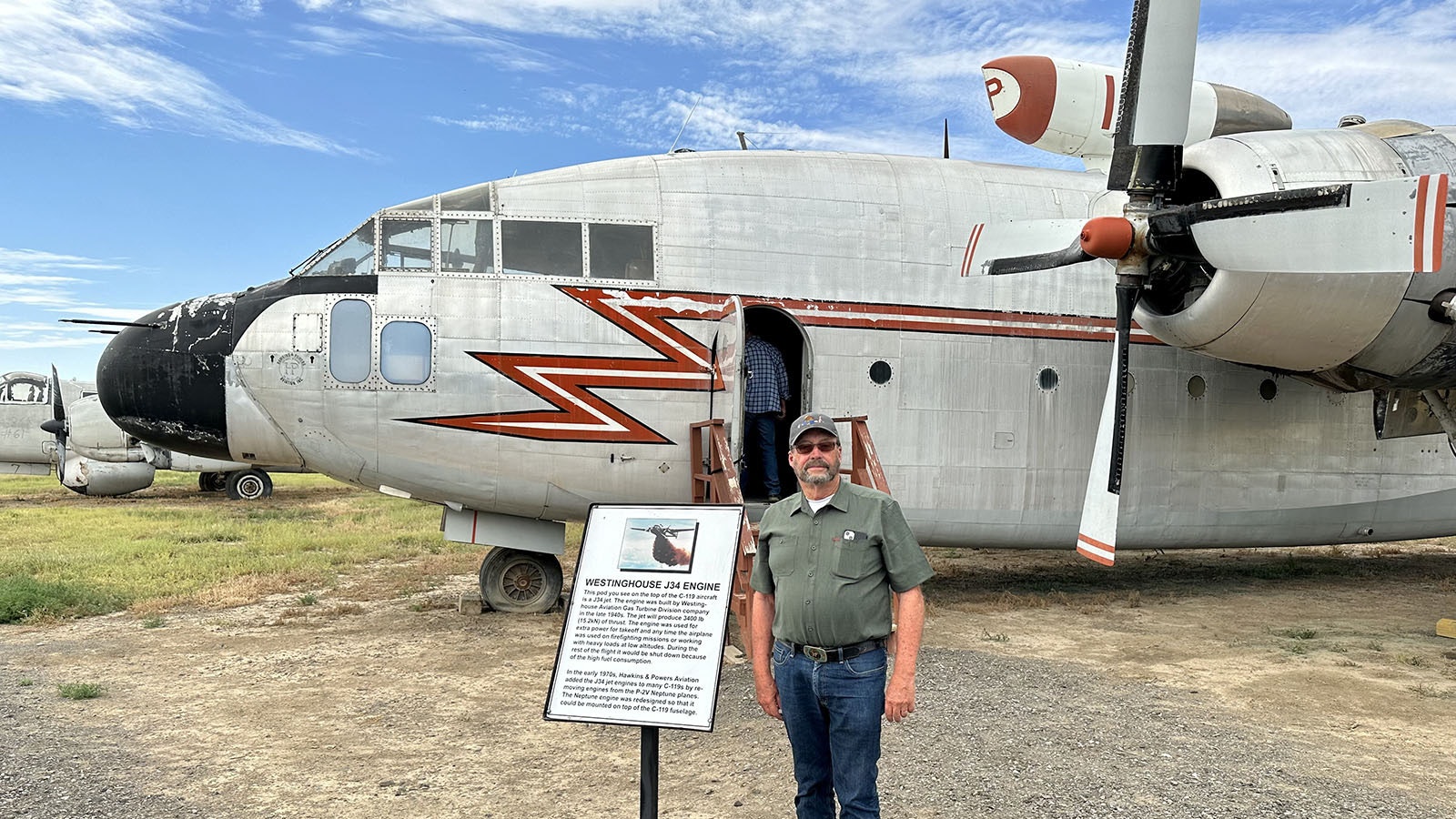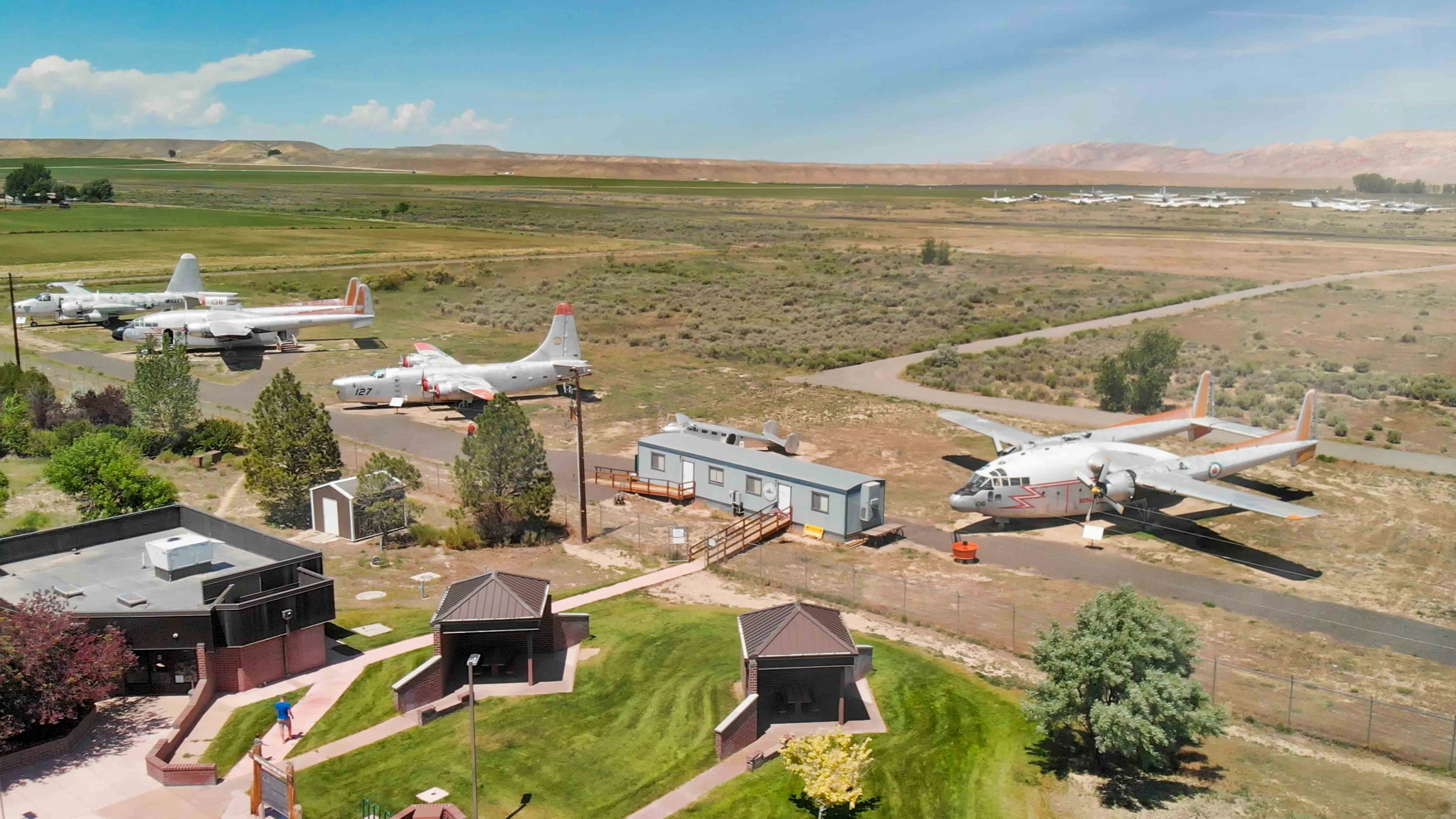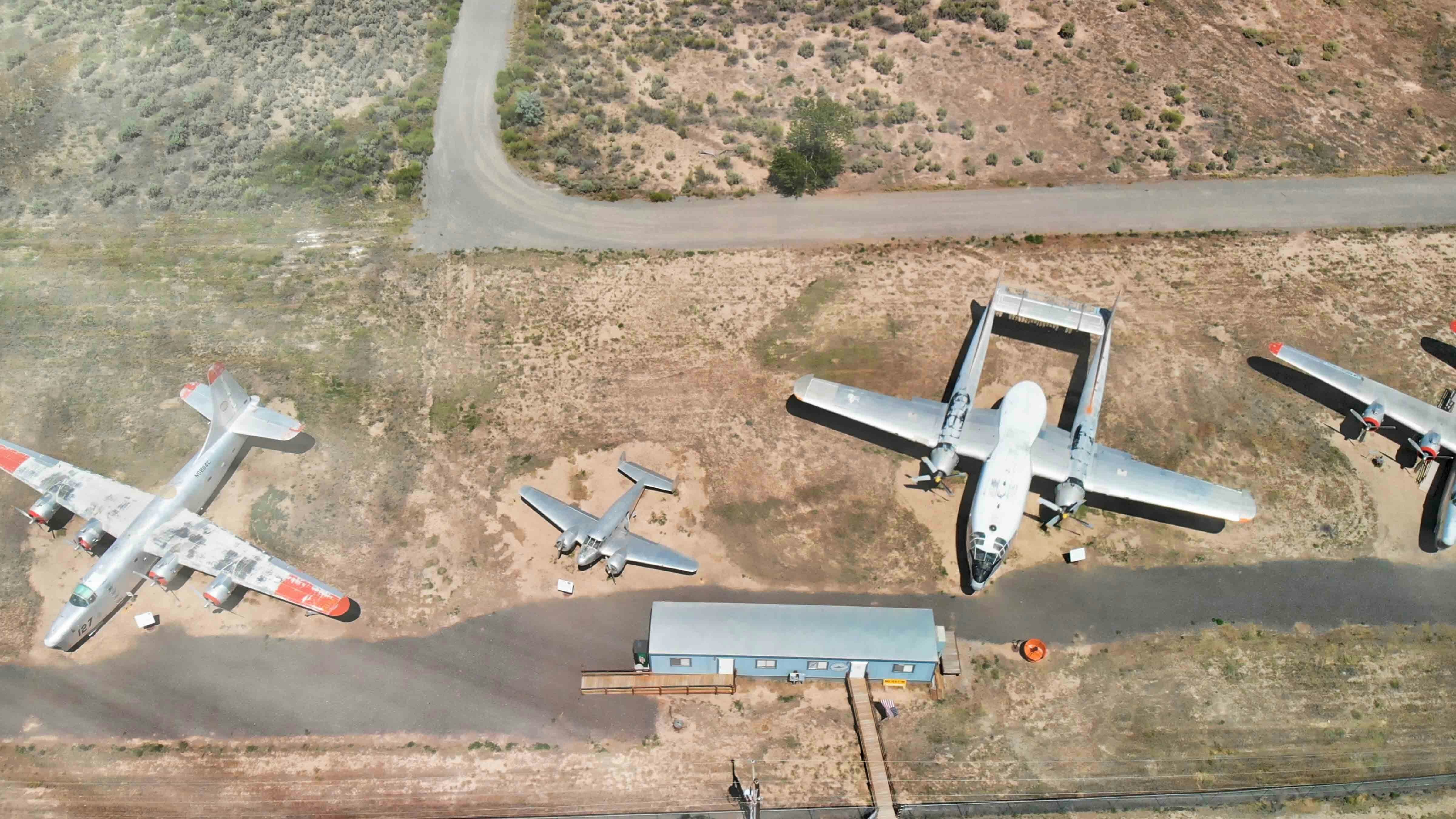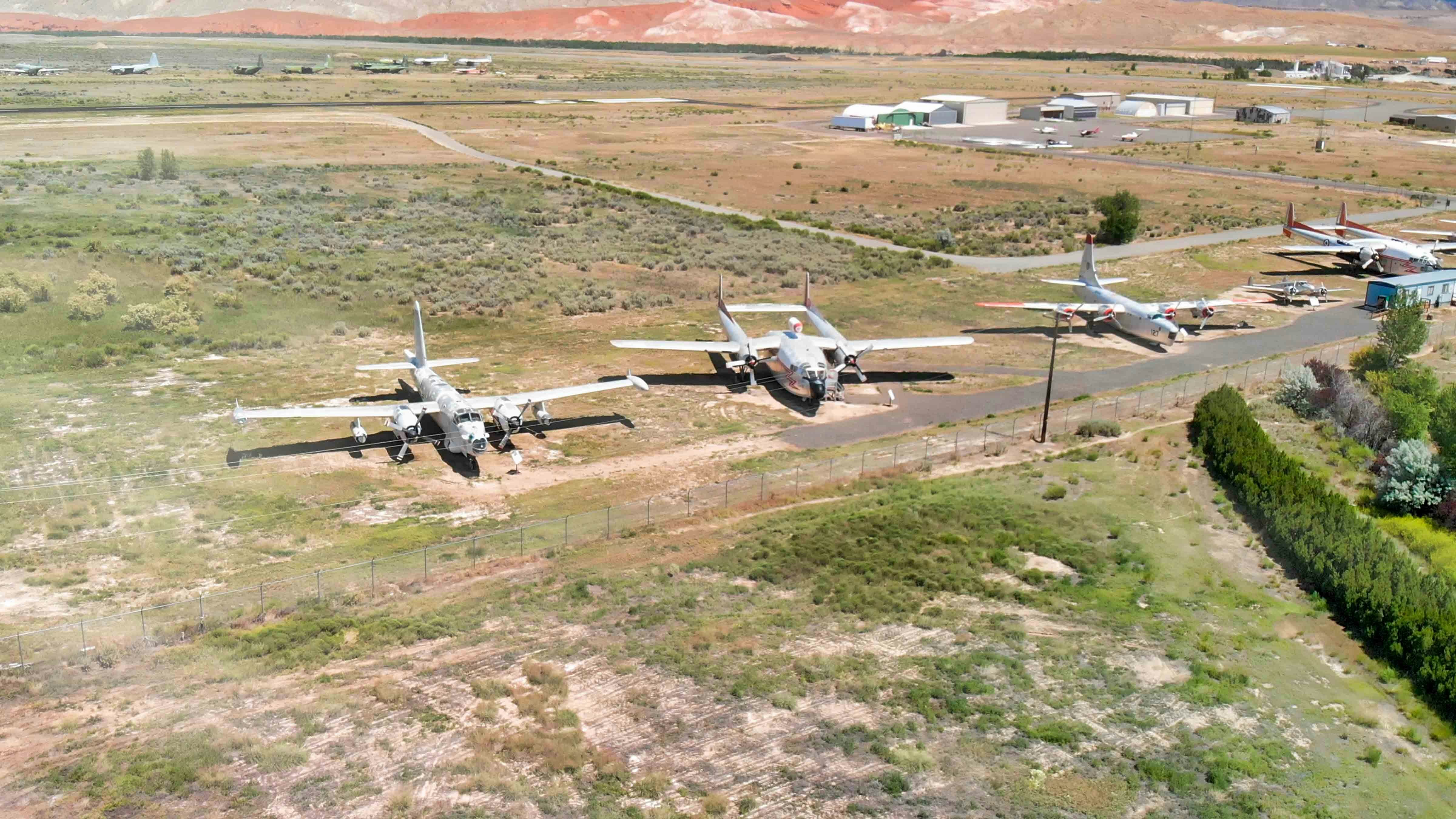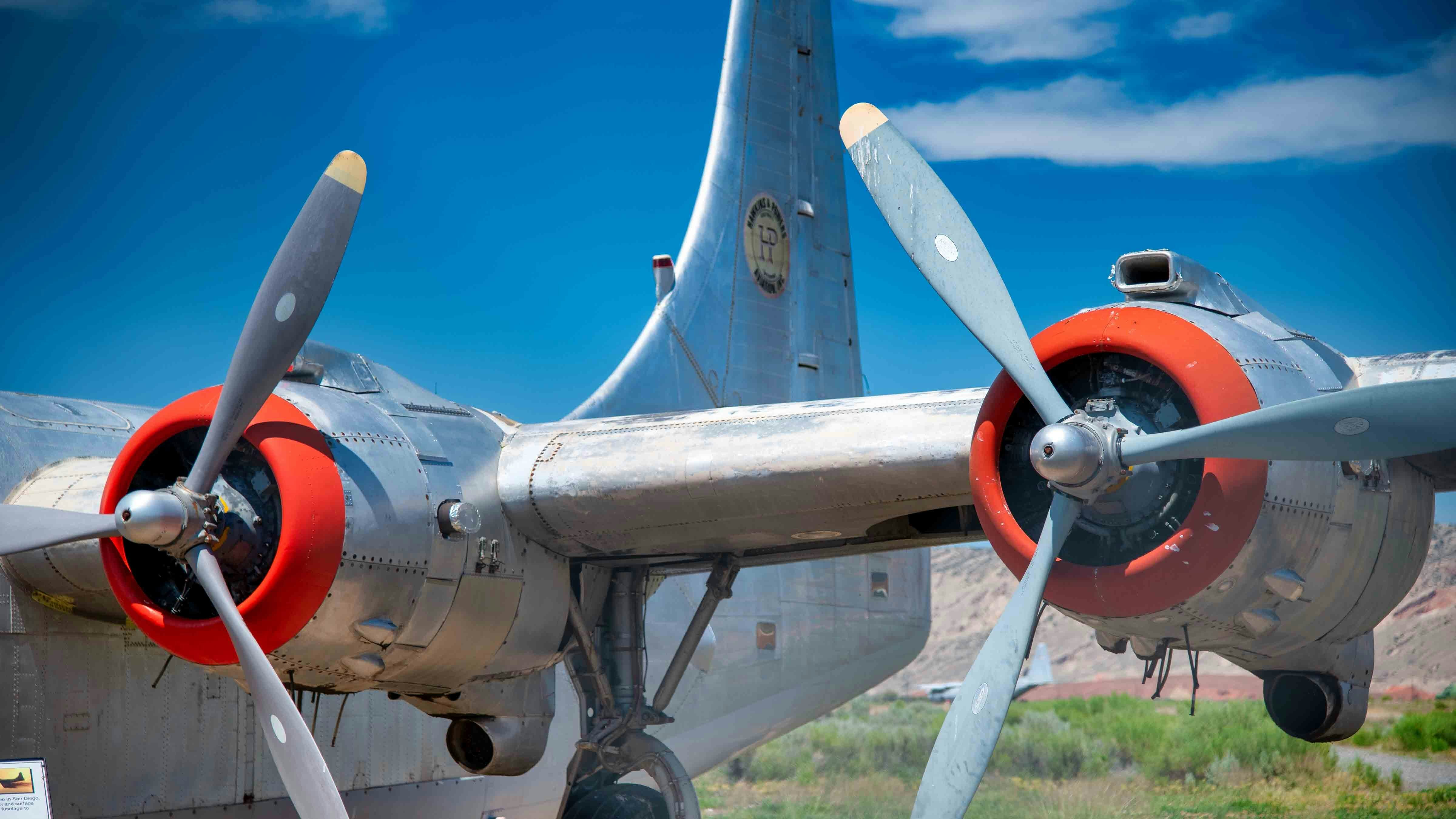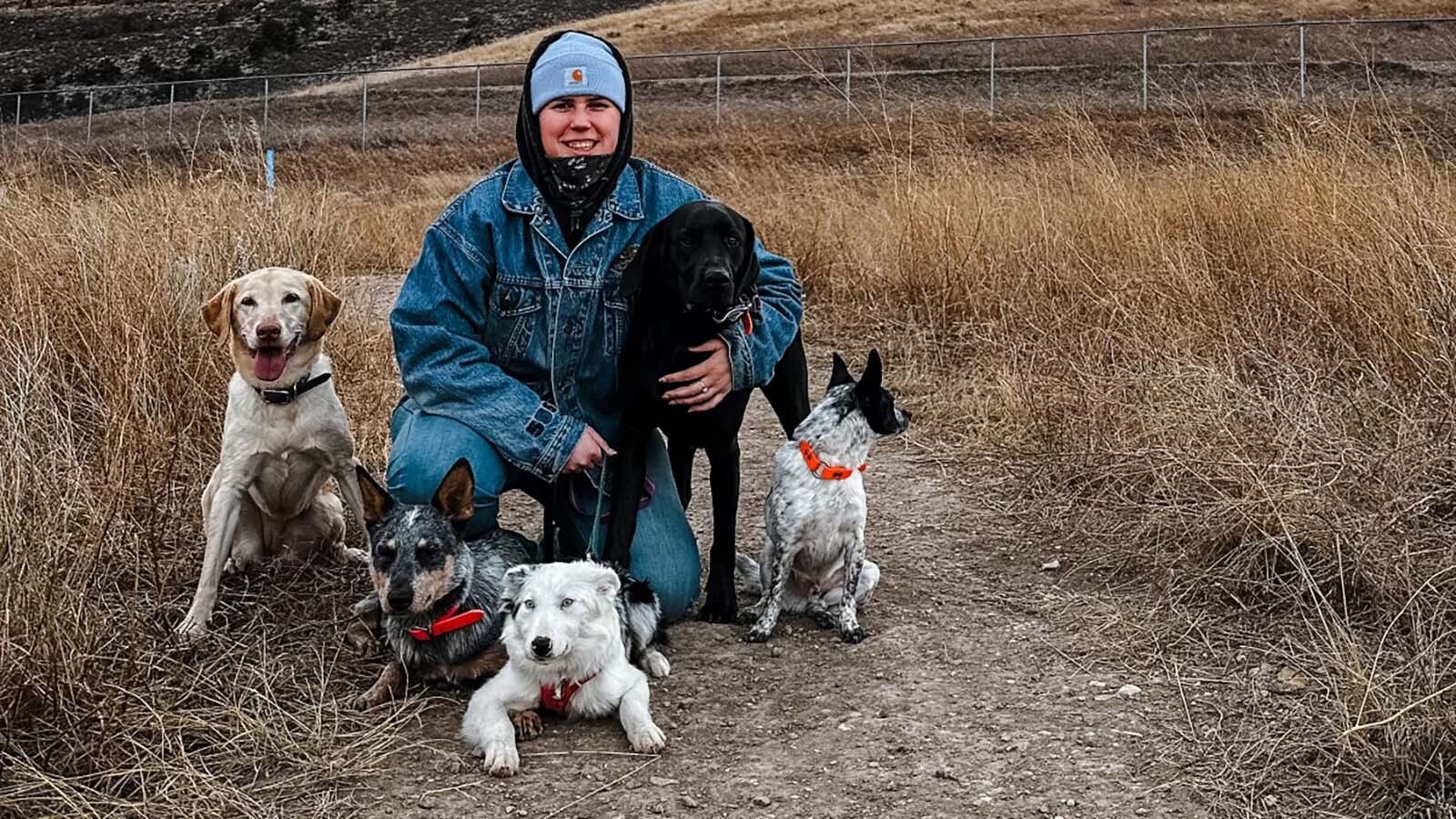GREYBULL — Many people want to know why the military has airplanes stationed in Greybull. The fact is they don’t, but the planes serve as a reminder of Greybull’s important place in the history of fighting the good fight from the air.
The Museum of Flight and Aerial Firefighting has been a Greybull institution since 1987, but the museum got new air under its wings when it moved to its current location behind the U.S. 14 Rest Area in 2015.
Since then, spotting the planes has become Wyoming’s form of whale watching.
“A lot of time, we have people coming down the highway and slamming on their brakes after seeing all the tails. They want to know what the heck is going on,” said Bob Hawkins, the owner and operator of the museum.
Rather than just being a collector of unique planes, Hawkins spent years battling forest fires as a pilot and business owner and has acquired an intimate knowledge of each aircraft in the collection.
Hawkins says being attached to a rest stop has its benefits.
“Visitation is up this year than what it has been the last couple of years. There are a lot of tour buses stopping now. A lot of people like WWII aircraft. But a lot of people have been in the firefighting business and worked with aircraft on fires and want to see what the planes are like,” he said.
From War To Water
Stepping outside to view the museum’s outdoor exhibits is a visual tour of a bygone age of aerial firefighting and a glimpse into Greybull’s aviation history. Most airplane museums preserve planes well enough, but the Greybull Museum is one of the only ones that has its primary focus on the history of aerial firefighting.
There are seven planes onsite, and Hawkins knows these planes inside and out, including their military and firefighting histories. Joining him for a tour brings an avalanche of facts, including the story of how each plane and its connection to Greybull.
World War II was a golden age of airplane manufacturing. After the war, military planes were bought surplus and retrofitted for various purposes.
The Greybull planes got a second life battling wildfires across the United States, Mexico, Canada, and as far north as Alaska.
“They were working to put out a lot of forest fires,” Hawkins said.
Greybull has been a hub for aerial firefighting since 1946. Hawkin’s father, Gene, purchased the business in 1969. It continued operating as Hawkins & Powers Aviation with a fleet of planes and helicopters for decades.
Hawkin’s favorite plane is the Fairchild C-119, the “Flying Boxcar.” Two C-119s are on display, on loan from the U.S. Forest Service.
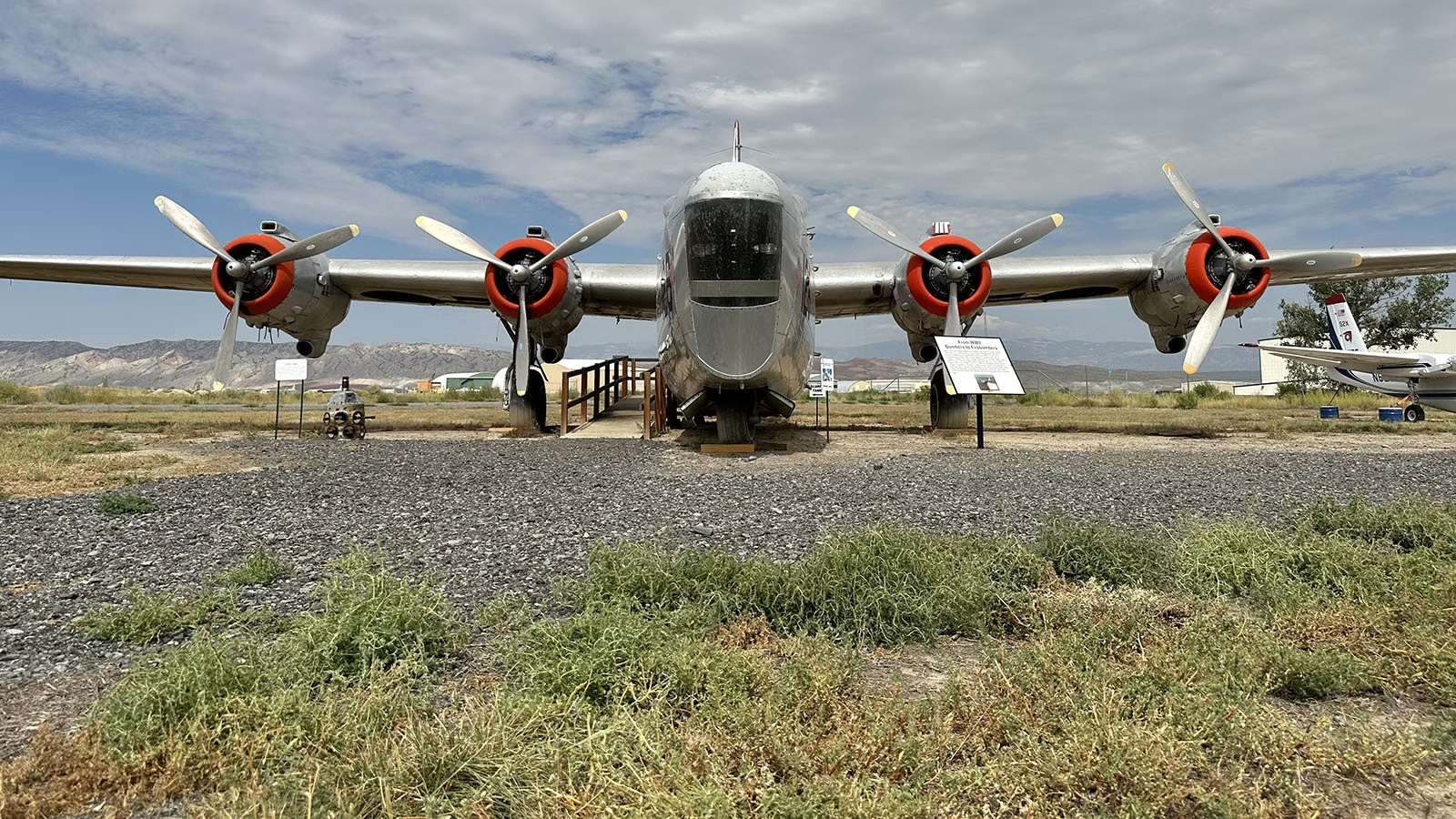
In its heyday, the C-119 was a cargo and troop transport in Korea and Vietnam. Hawkins had a jet engine installed on the top of one of the C-119s and used it to dump water and establish firebreaks. This required a new piping system to be installed inside.
Visitors can step inside the belly of one of the C-119s to see the intricacies needed to turn a military plane into a firefighter.
The rarest plane at the museum is the Consolidated PB4Y-2 Privateer. There are only seven of these WWII-era patrol bombers in existence anywhere, and two of them are on display in Greybull.
These planes got hundreds of hours of flight time during the 1988 Wildfires in Yellowstone National Park. Hawkins was part of that effort, proudly featuring an aerial picture in the museum of dozens of firefighting planes stationed at Greybull’s airport.
“Greybull was an important base for the ’88 firefighting effort,” he said. “There was a lot less traffic here than in Billings.”
There is room for the museum to expand its collection. Hawkins hopes to eventually add a Boeing KC-97 Stratofreighter, the largest firefighting plane he ever worked with. He had his eye on one next door, pointing out the tip of the tail at Greybull’s B&G Industries, an aircraft repair and modification company
“It’s getting its engines removed right now,” he said. “We hope once that’s finished, it might find its way over here.”
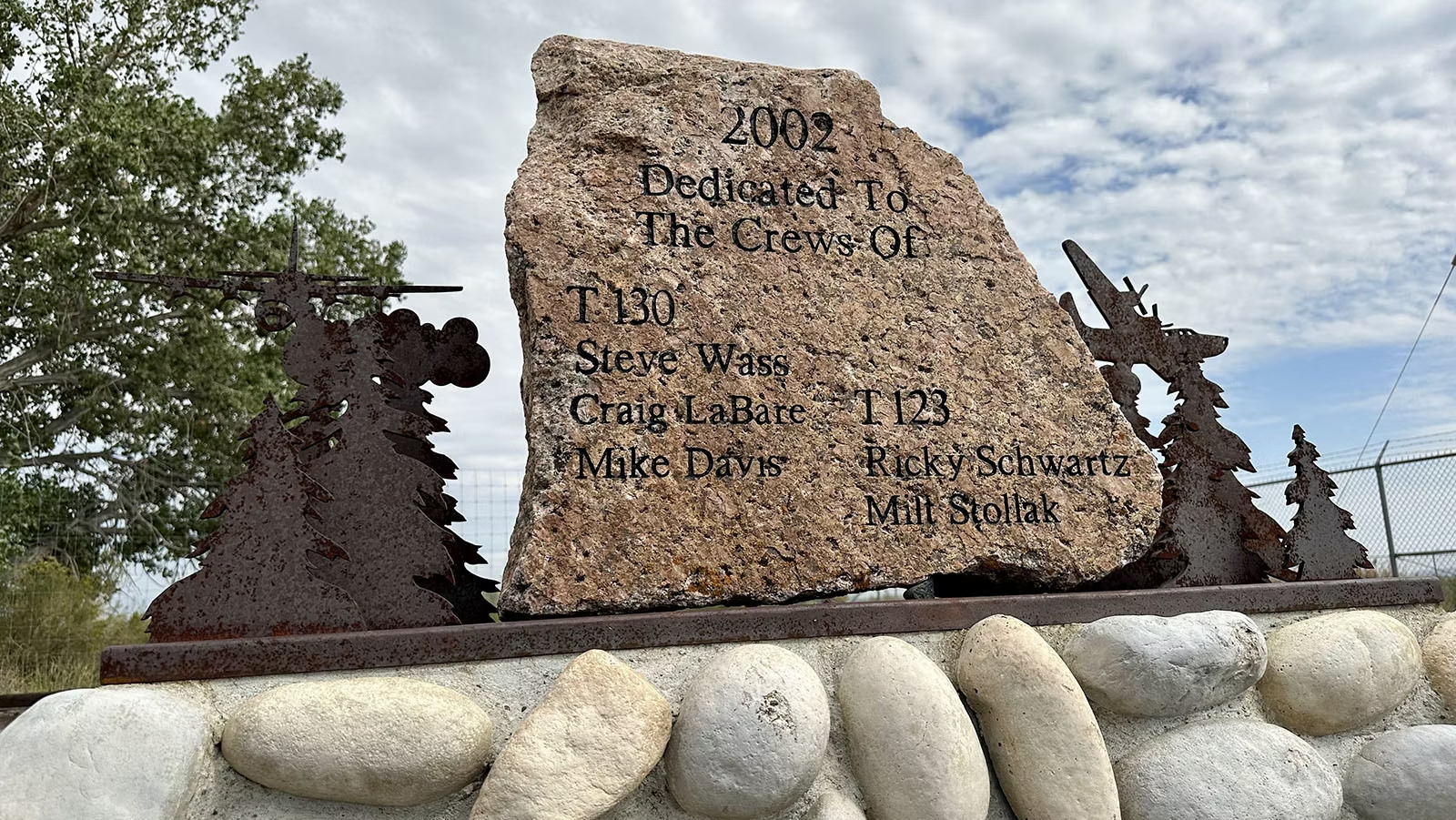
In Memoriam
In keeping with the mission of preserving the history of aerial firefighting, there is a small memorial at the far end of the museum’s outdoor display. It recognizes five individuals who lost their lives saving others.
On June 17, 2022, Tanker 130 was on the Cannon Fire in the Humboldt Toiyabe National Forest in California when it suffered a structural failure and crashed. Steve Wass, Craig LaBare, and Mike Davis died in the crash.
A month later, Tanker 123 was on the Big Elk Meadows Fire near Lyons, Colorado, when it, too, suffered a structural failure and crashed, taking the lives of Ricky Schwartz and Mill Stollak.
Because of these crashes, the U.S. Forest Service started transitioning to modern aircraft and away from the surplus military planes on display in Greybull. Retired airliners do the bulk of modern-day firefighting.
It was the end of an era in many ways. Three years after the crashes, Hawkins & Powers Aviation closed and sold most of its planes at auction.
Thankfully, a small collection of planes was preserved in Greybull, mostly through loans and donations. And there is every intention to ensure these planes stay grounded as the museum endures and expands in the future.
Hawkins has first-hand knowledge of the dangers of aerial firefighting. He feels that the memorial is just as important as any of the planes at the museum.
“It has an inherent risk. Over the years, many people have lost their lives fighting fires. But it’s something they like to do and try to do everything you can to keep the risk as low as possible,” he said.
Hawkins sees the entire museum as a tribute to everyone who’s put their lives on the line to battle forest fires. It’s a history many visitors find just as fascinating as the initial curiosity that brought them to the museum.
“It was a great business. There are sad parts of it, but other parts were very rewarding. It’s very nice to preserve as much of the history as you can,” he said.
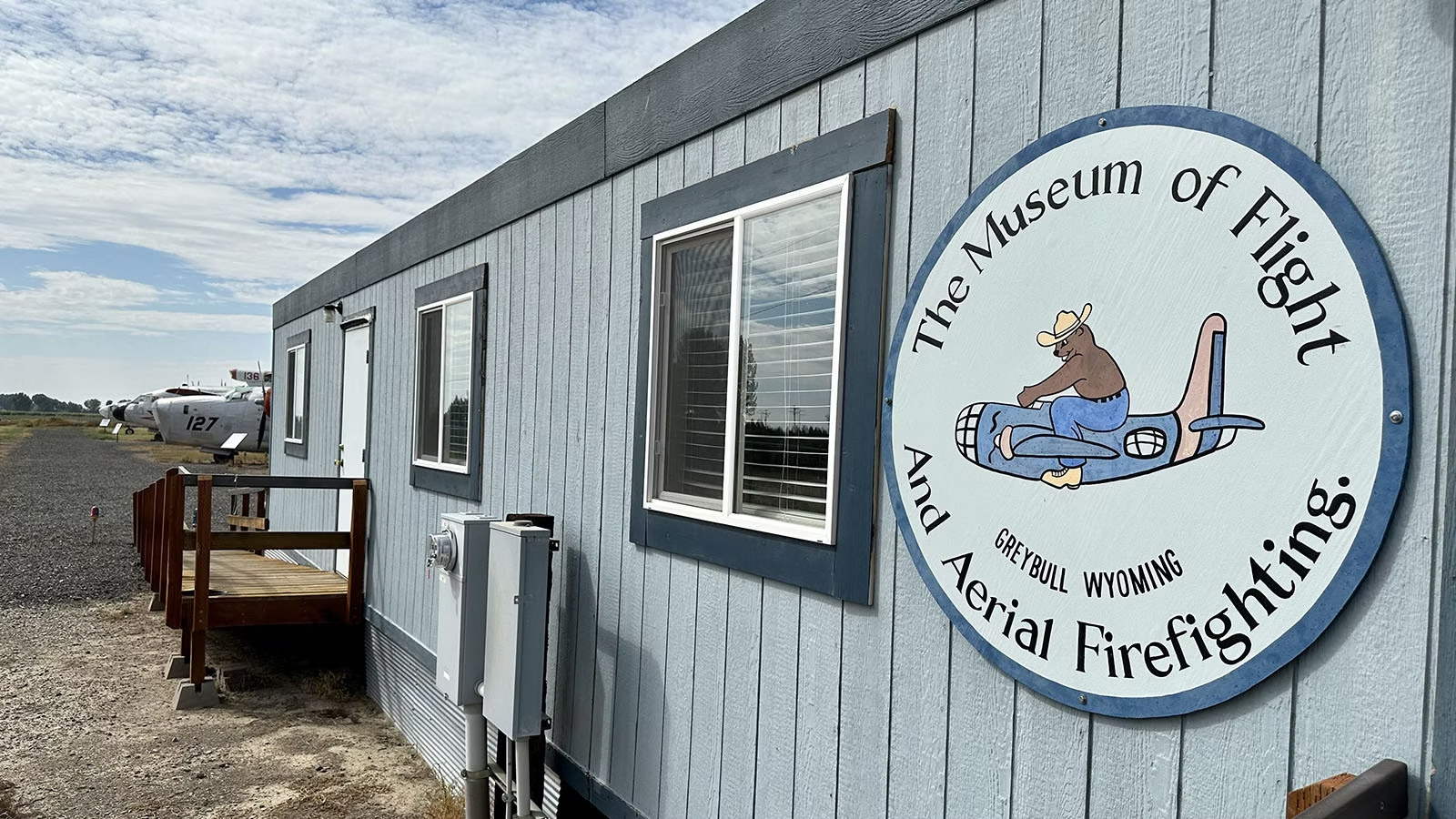
Andrew Rossi can be reached at arossi@cowboystatedaily.com.

